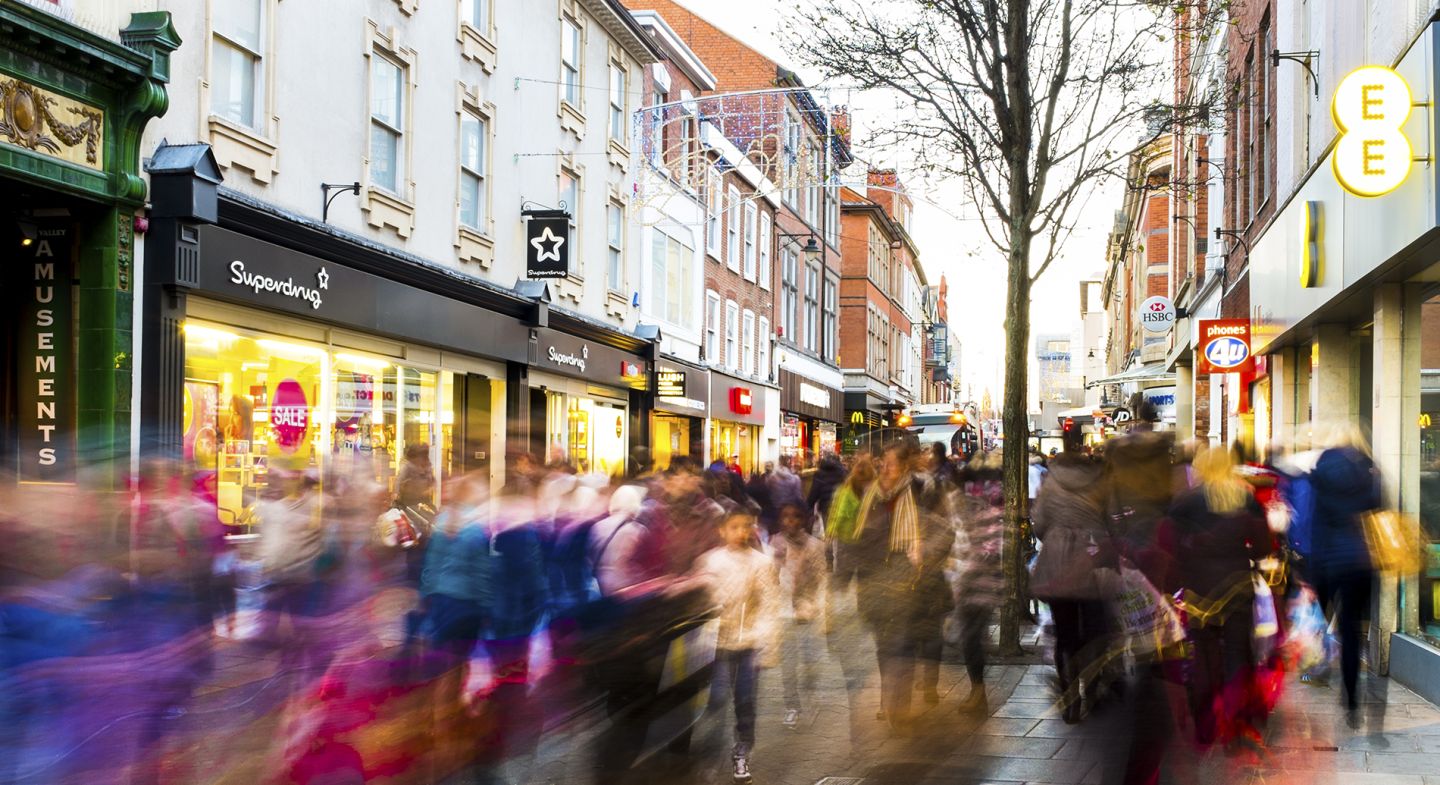Yes, yes, I know, the retail landscape is shifting and as our world becomes more digital, so does our shopping experience.
However, despite the increasing and continued investment in digital shopping, one thing has proven to be consistent: brick and mortar stores will still remain a principal channel for retailers.
Online shopping still just makes up about 5% of retail sales in the U.S., while brick and mortar stores hold the other 95% – meaning that for a majority of retailers, a physical store location still serves as the primary pillar on which the rest of the business is built.
More important than merely having a brick and mortar store, however, is the quality of the market and the site location itself.
Given that, National Real Estate Investor released the “Top 10 Retail Markets,” which rank the most attractive U.S. cities for retail real estate based on a variety of variables including vacancy levels, rents, new retail construction and active investment marketplaces.
According to the report, the top 10 cities for retail investment are:
- Manhattan, N.Y.
- San Francisco
- Honolulu
- Miami
- San Diego
- Boston
- Los Angeles
- Oakland
- Houston
- Denver
The Future of Retail
Even though this may seem like a bold claim to some, the future of the retail industry is still solidly anchored in brick and mortar.
And while this is common knowledge, traditional retailers need to pick the best markets, the best site locations within those markets, determine the optimal number of locations for each market and keep up with consumer expectations – both in-store and online.
If you’re interested in finding the best new site locations in the right markets for your brand, then let’s discuss how customer analytics can help.


